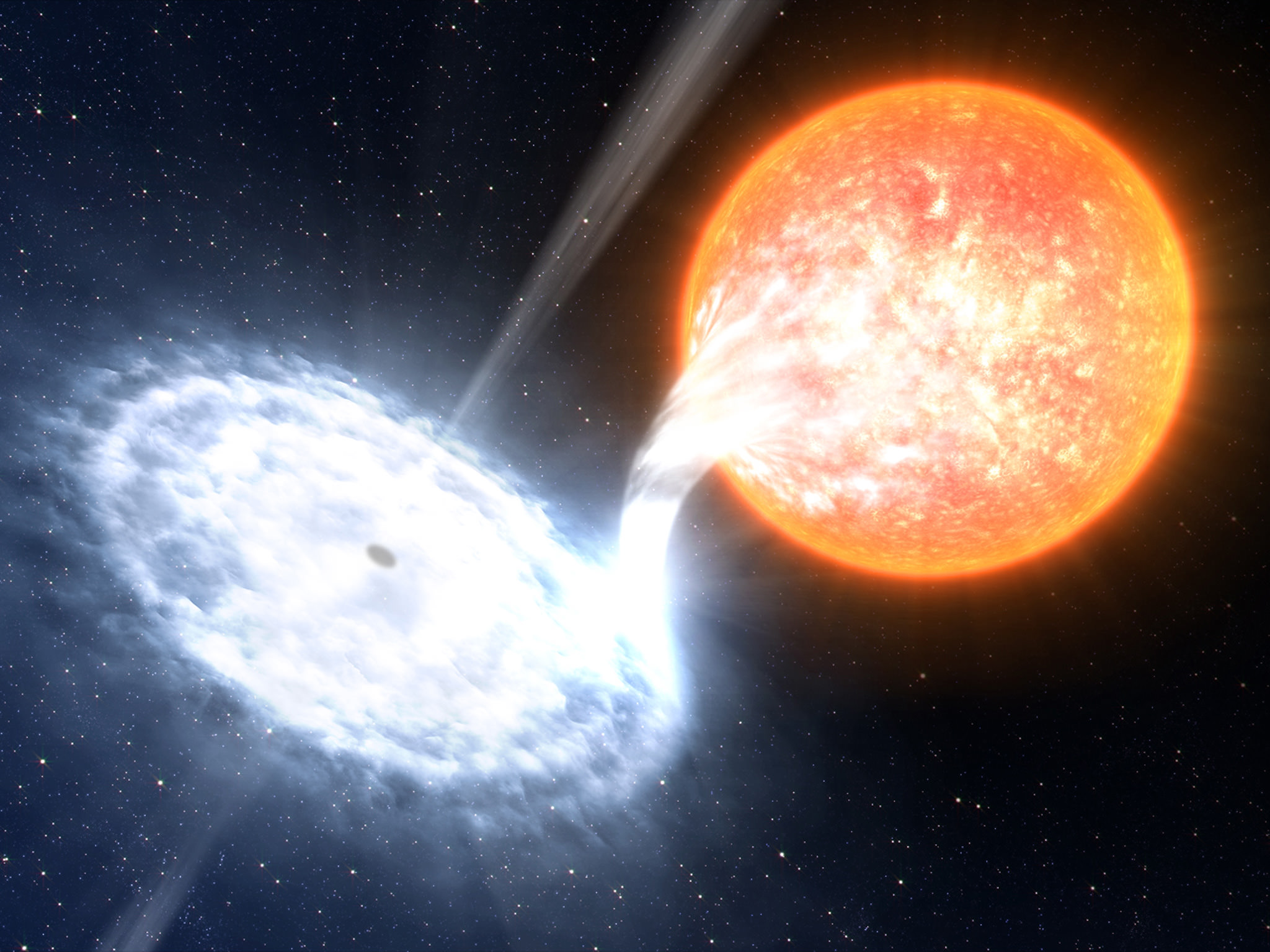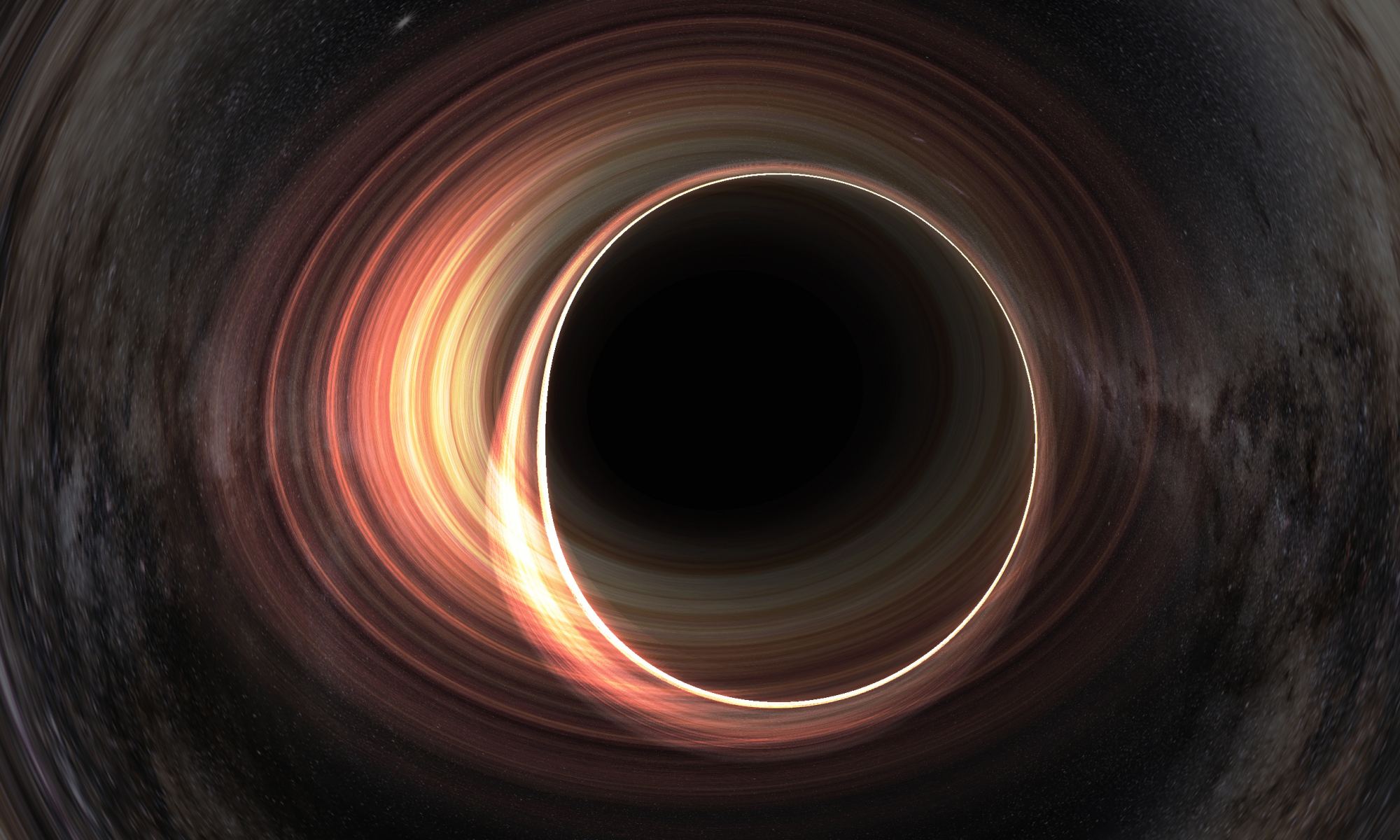When it comes to our modern society and the many crises we face, there is little doubt that fusion power is the way of the future. The technology not only offers abundant power that could solve the energy crisis, it does so in a clean and sustainable way. At least as long as our supplies of deuterium (H2) and helium-3 hold up. In a recent study, a team of researchers considered how evidence of deuterium-deuterium (DD) fusion could be used as a potential technosignature in the Search for Extraterrestrial Intelligence (SETI).
Continue reading “A New Study Suggests How we Could Find Advanced Civilizations that Ran Out of Fusion Fuel”A New Study Suggests How we Could Find Advanced Civilizations that Ran Out of Fusion Fuel










